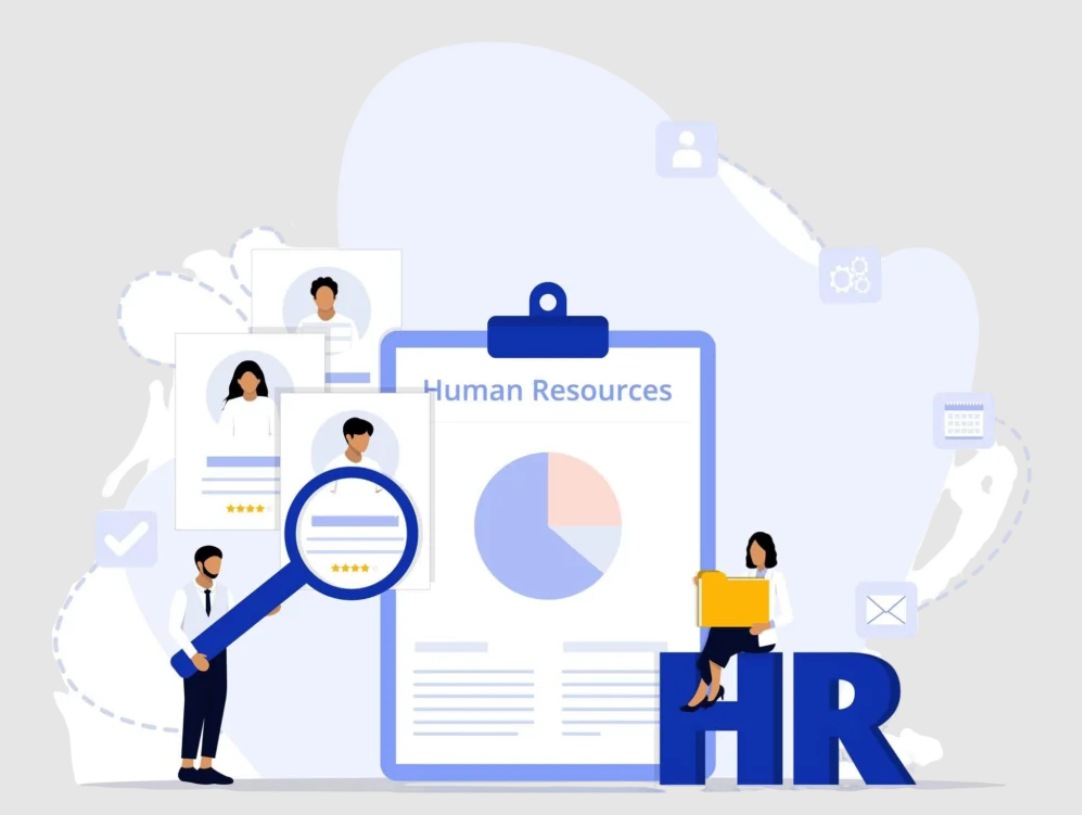Performance Management Software (PMS) is a digital solution designed to streamline, simplify, and enhance the process of managing employee performance within an organization. This software encompasses various tools and functionalities that assist managers and HR professionals in tracking, assessing, and improving employee performance. The primary objective of this software is to align individual performance with organizational goals, thereby boosting productivity and fostering a culture of continuous improvement.
Key Features of Performance Management Software
- Goal Setting and Tracking: PMS allows organizations to set clear, measurable goals for employees. These goals can be aligned with the company’s strategic objectives, ensuring that every employee is working towards the same targets. The software enables continuous tracking of progress, providing real-time updates and notifications to keep everyone on track.
- Performance Appraisals: Traditional performance reviews can be time-consuming and often lack objectivity. The software streamlines the appraisal process by providing structured templates, automated reminders, and comprehensive reporting tools. This ensures that reviews are consistent, transparent, and based on accurate data.
- Continuous Feedback: One of the significant advantages of the software is its ability to facilitate continuous feedback. Employees can receive real-time feedback from their managers and peers, allowing them to make immediate improvements. This ongoing feedback loop promotes a culture of openness and continuous learning.
- Employee Development Plans: Performance management system can help identify skill gaps and development needs. By integrating with learning management systems (LMS), it can recommend training programs, courses, and other development opportunities. This ensures that employees have access to the resources they need to grow and advance in their careers.
- 360-Degree Feedback: This feature allows employees to receive feedback from multiple sources, including managers, peers, subordinates, and even clients. This comprehensive feedback provides a holistic view of an employee’s performance, highlighting strengths and areas for improvement from different perspectives.
- Performance Analytics and Reporting: The software offers robust analytics and reporting capabilities, enabling HR professionals and managers to make data-driven decisions. These tools can provide insights into performance trends, identify high and low performers, and measure the effectiveness of performance improvement initiatives.
- Integration with Other HR Systems: Many PMS solutions can seamlessly integrate with other HR systems such as payroll, attendance, and recruitment. This integration ensures that all relevant data is consolidated, providing a complete view of an employee’s performance and reducing administrative burden.
Benefits of Performance Management Software
- Enhanced Productivity: By setting clear goals and providing continuous feedback, the software ensures that employees remain focused and motivated. This alignment with organizational objectives boosts overall productivity.
- Improved Employee Engagement: Continuous feedback and recognition through the software can significantly enhance employee engagement. When employees feel their efforts are recognized and valued, they are more likely to be committed and loyal to the organization.
- Objective Evaluations: Performance management system reduces the subjectivity and bias often associated with traditional performance reviews. Structured appraisal templates and data-driven insights ensure that evaluations are fair and based on actual performance metrics.
- Development and Retention: By identifying skill gaps and providing development opportunities, PMS helps in nurturing talent within the organization. Employees are more likely to stay with a company that invests in their growth and development.
- Time and Cost Savings: Automating various aspects of performance management, such as goal tracking, appraisals, and reporting, saves significant time and reduces administrative costs. HR professionals can focus on strategic initiatives rather than getting bogged down by routine tasks.
- Regulatory Compliance: The software can help organizations stay compliant with labor laws and regulations by maintaining accurate records of performance evaluations, feedback, and development plans. This reduces the risk of legal issues related to employee performance management.
Challenges in Implementing Performance Management Software
- Change Management: Transitioning from traditional performance management methods to a digital solution can be challenging. Employees and managers may resist the change, requiring effective change management strategies and training programs to ensure successful adoption.
- Data Privacy and Security: Handling sensitive employee data requires robust security measures. Organizations must ensure that their performance management software complies with data privacy regulations and has strong security protocols in place to protect employee information.
- Customization and Scalability: Every organization has unique performance management needs. Finding a PMS solution that is customizable and scalable can be challenging. It’s crucial to choose software that can adapt to the evolving needs of the organization.
- Integration with Existing Systems: Integrating PMS with existing HR and business systems can be complex. Ensuring seamless integration requires careful planning and may involve additional costs and technical expertise.
Read More: What is a Performance Management Software?



